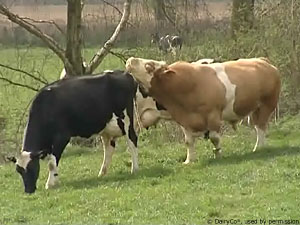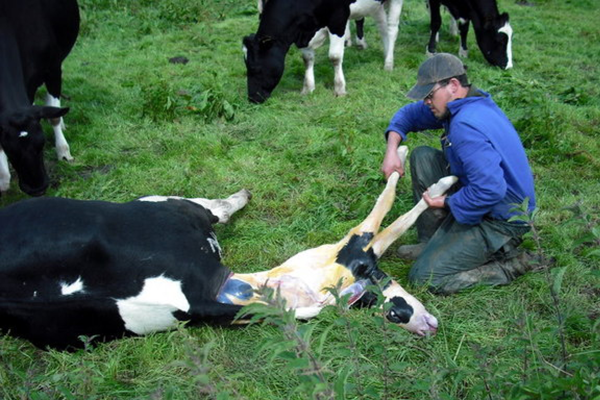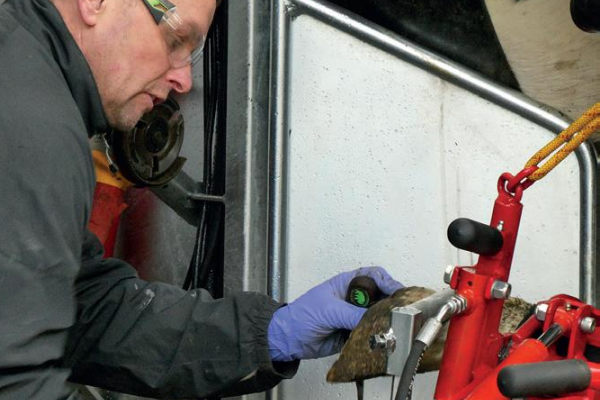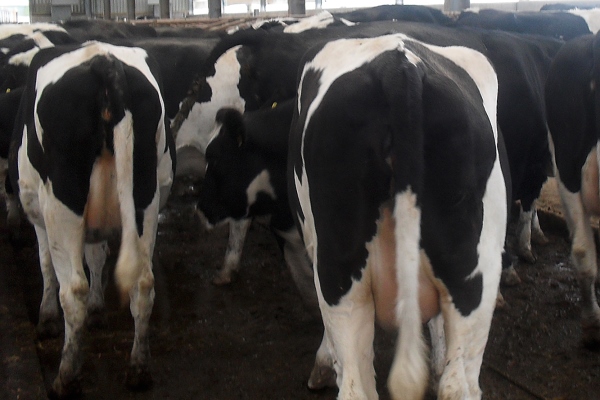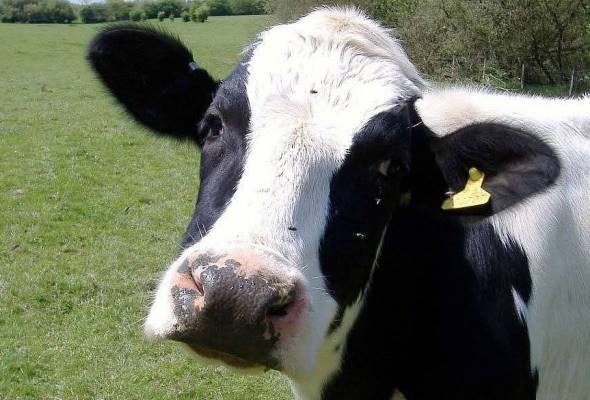Calving Pattern and Fertility
Calving Pattern
The choice of calving pattern depends on many factors;
- Milk contract
- Land availability
- Buildings & Infrastructure
The group consists of a broad range of calving patterns, from low input spring block calving to intensively managed high yielding cows calving all year round. Many of the group would like to move to a more block calving system; they discussed the benefits of each and the constraints to changing their own system.
| Block Calving | All Year Round |
| Easier to implement fixed protocols - dedicated people for certain jobs e.g. calf rearing, fertility management etc. | Workload is spread during the year |
| Improved grazing management; all cows are at the same stage of lactation | Regular cash flow |
| Rest period for staff & facilities. | Smaller calving shed required |
| Autumn block calving - best of both worlds; maximising milk yield and improved grassland utilisation when all cows PD+ | Fertility management less stringent, can let cows slip, but is this a good thing, or just hiding problems? |
From the discussions, those who would like to move to block calving felt that autumn block calving would suit them better as they lacked the land to run a spring block calving herd. The biggest hindrance to them moving is the loss of milk sales or need to buy in replacement stock while the herd is transitioning.
AHDB dairy's website has more information on Optimal Calving Systems
Herd Fertility
Fertility is the main driver of milk production on dairy farms, failure to get cows back in calf can have significant impacts on milk sales and cash flow in the subsequent months. There are various ways calculations that can be used to identify the success of your fertility protocol and where improvements could be made if targets are not being achieved. There are a number of Key Performance Indicators that can help you understand whether or not you could make improvements to your herd fertility.
Calving Interval
This is a historic value and gives no indication of current performance, but a figure which is in excess of the target of 365 days, especially if plus 400 days would be a starting point to indicate that some further investigation is required.
Heat Detection Rate
If cows aren’t displaying signs of heat or aren’t being accurately detected then they cannot be served. HDR is calculated by dividing the total number of cows eligible to be served by the total number of heats seen. A good HDR is vital to ensure that targets are met for subsequent fertility measurements; as a rule of thumb, a stock person should spend 20 mins 3 times a day solely observing the herd for signs of heat. With the lack of staff on modern dairy farms, many precision technologies such as collars and pedometers have been developed to aid in heat detection. The difference in a 60% HDR compared with a 40% HDR in a 100 cow herd means that 7 less cows are potentially served, resulting in 7 fewer calves born, more culls and reduced milk yield.
Calving to Conception
This gives the number of days from calving it takes to get a cow in calf, the target should be 85-95 days, but figures can range from 80 – 150 days. Low calving to conception days indicates good transition cow management, appropriate voluntary waiting period, good heat detection and good service technique.
Pregnancy Rate
This is calculated by dividing the number of pregnancies achieved in a group by the number of inseminations which were given; if 100 pregnancies were achieved from 200 inseminations then the Pregnancy Rate would be 50%. In a 100 cow herd, a preg rate of 45% compared with 60% results in an extra 46 inseminations required, 3 fewer calves, 3 more culls and reduced milk sales.
More information on fertility measurements is available from AHDB: Herd Fertility Benchmarking
It is important to establish appropriate targets for your farm, these will vary depending on calving pattern, and that all staff are properly trained in the aspects they are involved in to ensure that optimal herd fertility is achieved.
The Group met in October 2019 to discuss Calving Pattern & Fertility.
Sign up to the FAS newsletter
Receive updates on news, events and publications from Scotland’s Farm Advisory Service

